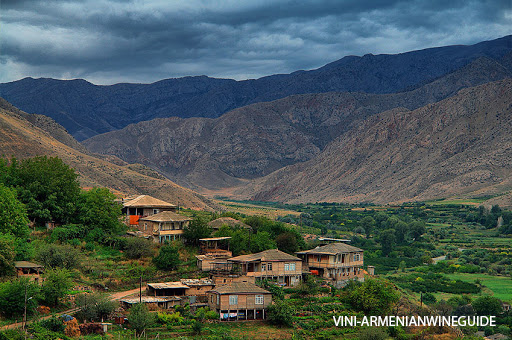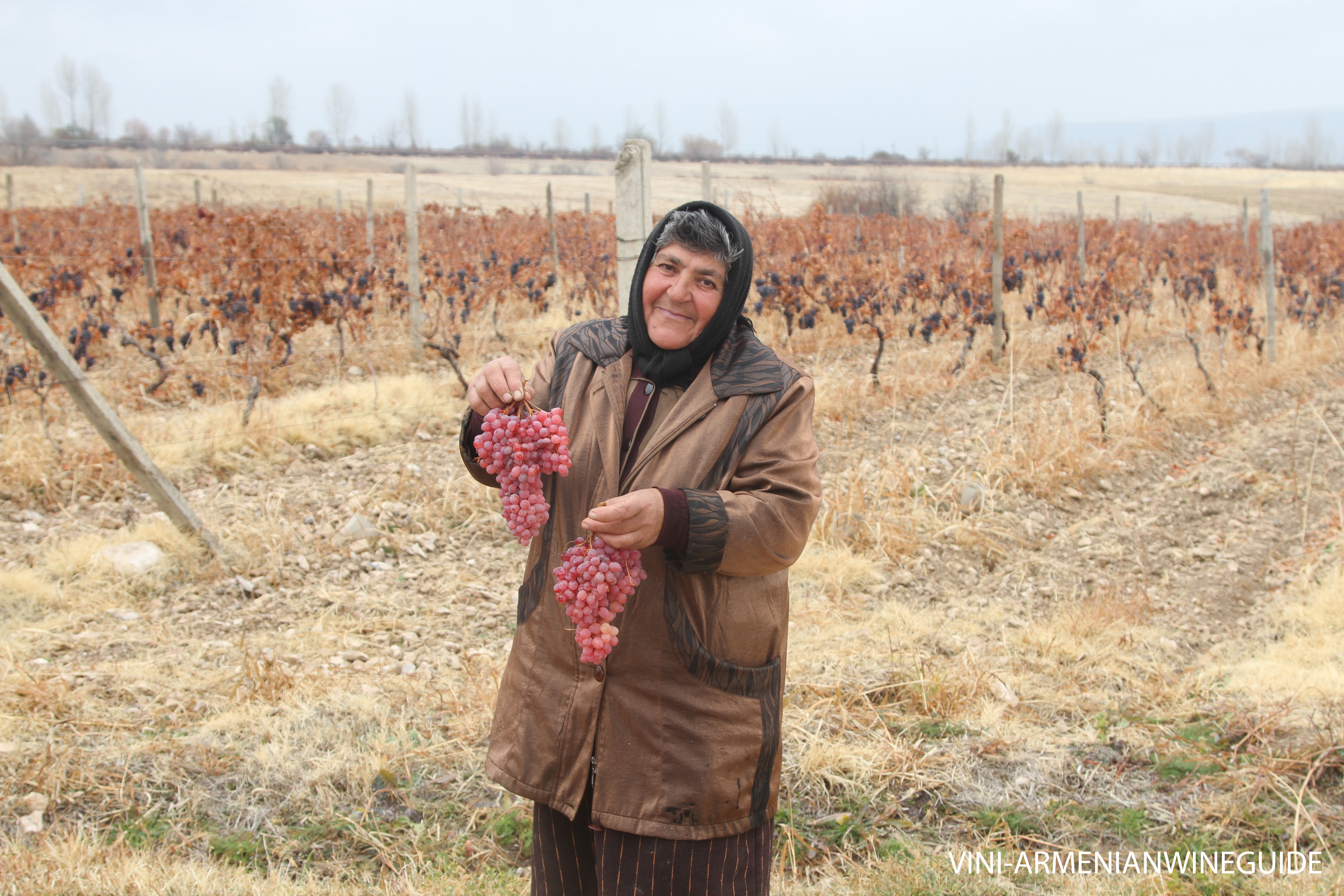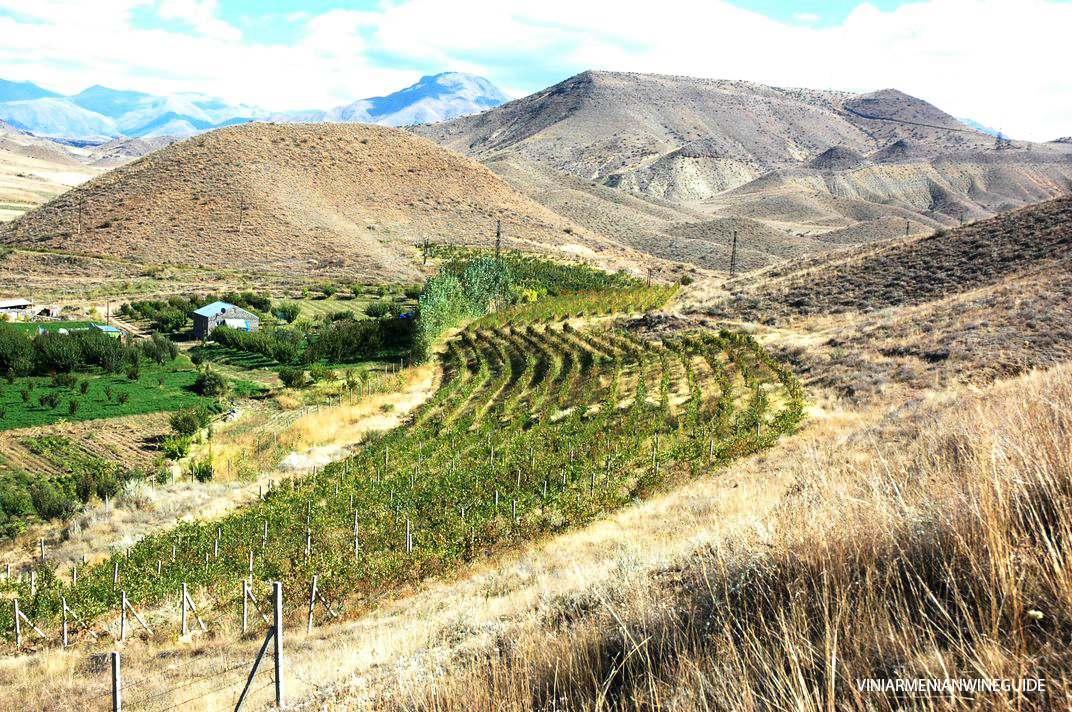

 Vayots Dzor
Vayots Dzor
 History
History
Vayots Dzor is a winemaking region, located in the south-east of the country. The region has the least population among the other ones.
Vayots Dzor borders with Ararat region in the west, Gegharkunik – in the north, Syuniq region – in the west, and Nakhijevan autonomous region – in the south.
Vayots Dzor has been inhabited since ancient times. It is demonstrated by the objects of the caveman: daggers that belong to the Bronze Age, clasps, bracelets, rings, and others. Many rock paintings, depicting hunting scenes and different animals, were found on the rocks. The investigations, made in 2008 in Vayots Dzor, by a group of international archaeologists once again prove, that the region has been a residential place for more than 5500 years. A 5500-year-old leather shoe, “trekh”, was found by the specialists. It is the oldest example of a shoe ever found in the world, and now it is kept in the Museum of History in Armenia.
 Terroir
Terroir
The name of the region is translated as “the gorge of weeping”, connected with the high seismic activity of this mountainous region, rich in gorges, lakes and caves.
There are elevations in most of the region, without any forest cover; only 20% of the land is plugged. The rivers Yeghegis and Arpa flow through this territory.
The altitude can vary between 850 m and 3522 m (Mount Vardenis). The diversity of landscape and relief is specific to this region, demonstrated in the diversity of flora and fauna. There are three remarkable territories: the basin of Arpa, the folded-block ridge of Vayk, and the volcanic mass of Vardenis. The western border with Syunik is marked with the mountain chain of Zangezur.
The climate differs with dryness. The amount of precipitations varies between 300 and 800 mm per year; the summers are relatively mild in the mountains. The terrain is mainly semi-desert and slop. Large reserves of copper, tuff, limestone, clay, sand, basalt, granite, felsite, quartz sand and mineral water have been discovered in the region.
Vineyards grow on 1200-1800 m above sea level. The soil structure is volcanic, stony.
Harvest starts quite late in this region and can last until November. In some parts of the region, the vines are buried for the winter. Heavy rain in autumn is one of the biggest risk factors. There has never been Phylloxera in the region, so the vines grow on their roots. It is often possible to come across with 100-year-old vines.
 Wineries
Wineries
In the territory of the region, more than 25 large and small wineries actively cultivate grapes and produce wine. The largest ones among the producers are the followings: Zorah, Keush, Old Bridge, Koor, Trinity Canyon Vineyards, Hin Areni Winery, Maran Winery, Qotot, Getnatun, and Yacoubian-Hobbs etc.


